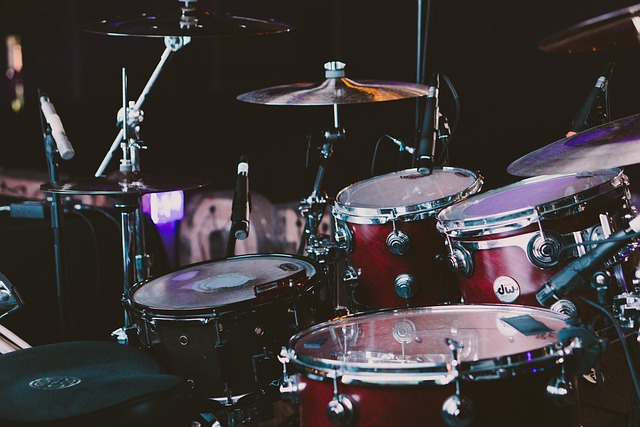Exploring the Art of Sculpture: the Role of Support in Design
When we think about sculpture, our minds often drift to the stunning forms and intricate details that breathe life into a block of stone or a lump of clay. However, beneath the surface of every magnificent piece lies an unsung hero: support. This essential yet often overlooked element plays a vital role in both the physical construction and conceptual grounding of a sculpture. Let’s dive into the intertwining worlds of support, art, and design, and discover how they shape the very essence of a sculptural work.
The Foundations of Sculpture
Support in sculpture can take many forms. Physically, it might refer to the structural components that hold a piece together, preventing it from collapsing under its own weight. This includes everything from armatures in bronze sculptures to the hidden frameworks within larger installations. Conceptually, support also relates to the emotional and thematic undertones of the work. Every sculpture tells a story, and the support systems—both literal and metaphorical—allow that narrative to unfold.
Artistic Freedom and Structural Resilience
In the world of sculpture, the artist’s creativity is often tethered to practical concerns. A sculptor must balance the ambition of their vision with the reality of materials. Support systems can liberate an artist, allowing them to experiment with bold designs and larger-than-life concepts. For instance, consider a towering abstract piece that reaches towards the sky. Without a meticulously crafted support structure, such an artwork could never exist, as gravity would inevitably take its toll.
The Emotional Backbone
However, support does not exist solely in the physical realm. The emotional weight of a sculpture can be just as significant. The concept behind a piece often requires a strong foundation of meaning. For instance, a statue of a figure in distress might explore themes of vulnerability, while one depicting triumph might represent resilience. This interplay of support and concept is crucial in design. A well-supported idea allows the audience to engage deeply with the emotional landscape of the work, forging connections that resonate long after they leave the gallery.
Redefining Perspectives
Support also challenges the viewer’s perspective. It subtly prompts audiences to consider how sculptures relate to their environment and how the support of the piece interacts with the space surrounding it. Think of installations that appear to defy gravity or those that integrate the natural world, such as trees or landscapes. In these cases, the support becomes a dialogue between the sculpture and its surroundings—an invitation for the audience to explore not only the artwork itself but also the larger context in which it resides.
Creating Lasting Impressions
Ultimately, the role of support in sculpture transcends mere functionality. It becomes a vital component of design that harmonizes structure and message, allowing the art to thrive. As artists continue to push boundaries and redefine the dimensions of sculpture, they remind us that support—whether physical or emotional—connects the threads of creativity and resilience. This interplay not only enhances the beauty of the art form but also enriches our experience as viewers, making each encounter with a sculpture an opportunity to reflect on the systems that hold our own lives together.




